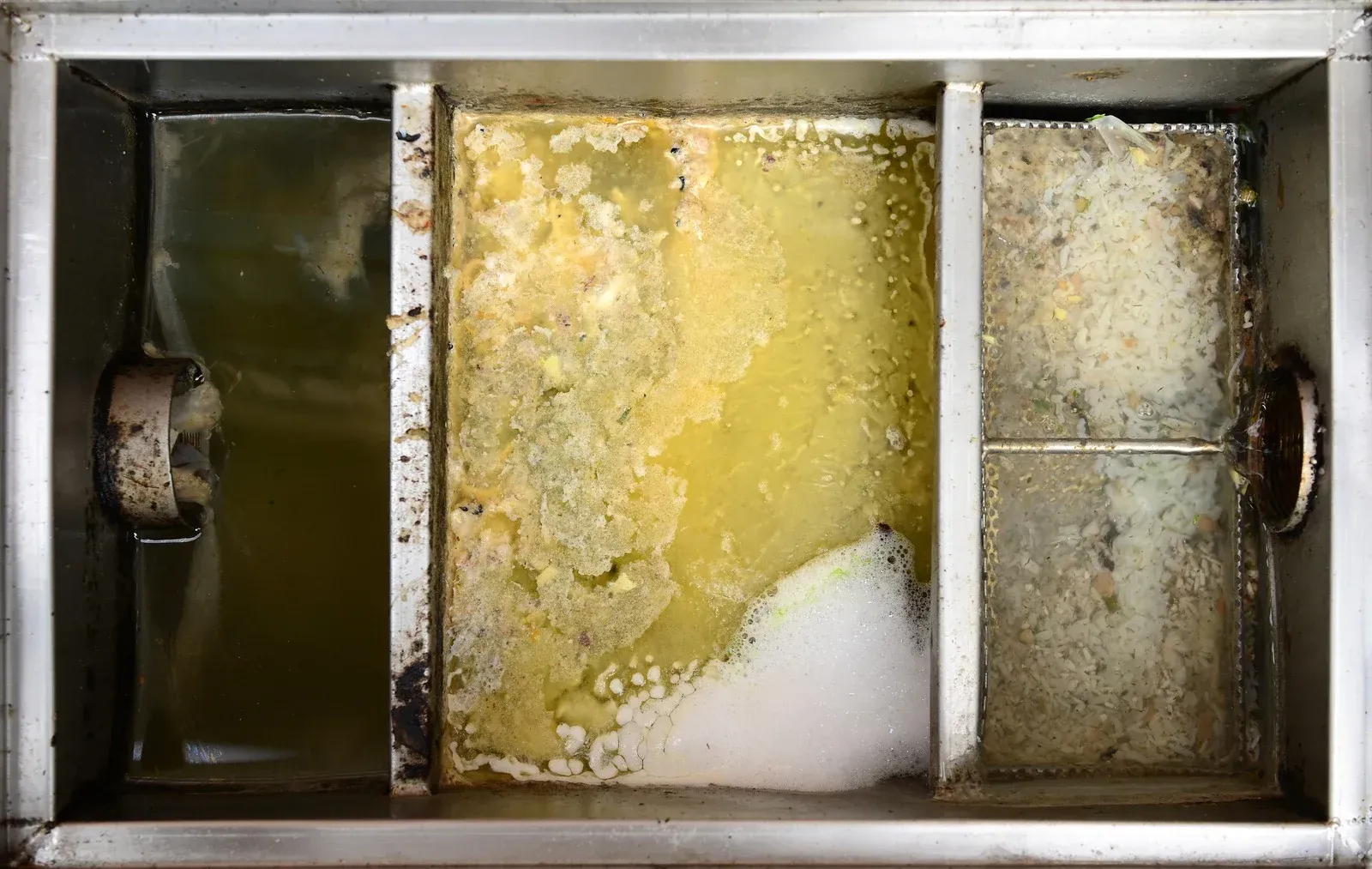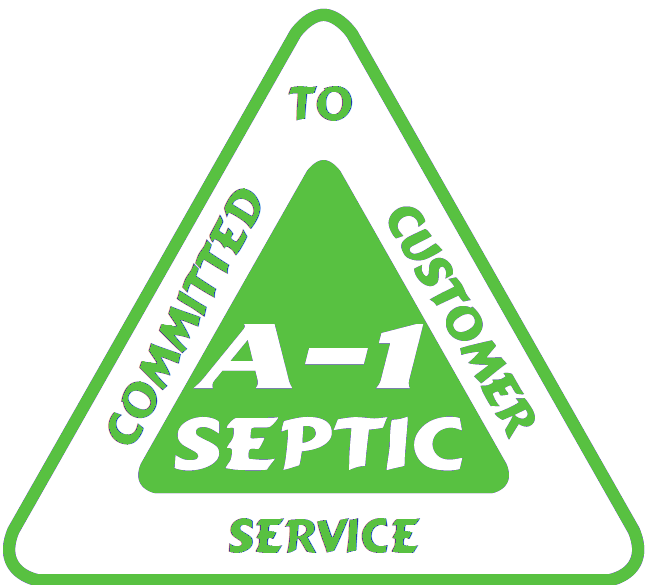5 Important Steps Professionals Take During Septic Tank Pumping Service
Septic tanks require routine pumping to keep waste systems functioning smoothly, as ignoring this vital service often leads to clogs, backups, and costly damage. Professional pumping is not just about removing sludge from the tank, but rather it is a structured process that ensures the system continues to operate safely and effectively.
Technicians follow specific steps to handle the waste, check for damage, and maintain the entire setup. By understanding the process, property owners can see the importance of hiring trained professionals instead of attempting to manage such a complex task alone.
Step 1: Locating and Accessing the Septic Tank
The first step involves locating the septic tank and opening the access lid. Many homeowners may not even know the exact position of their tank, especially if it is buried deep under soil or landscaping. Professionals use their knowledge and tools to find the tank quickly without unnecessary digging. Once located, they open the access points safely, making sure the tank is ready for the pumping process.
Step 2: Measuring the Waste Levels
Before pumping begins, the technicians check how much sludge and scum has collected inside the tank. By measuring these levels, they can assess whether the pumping schedule has been followed correctly and how often the tank may need service in the future. This step also gives insight into the overall health of the system, as unusual waste levels may point to problems with water usage or improper waste disposal habits.
Step 3: Pumping Out the Contents Safely
With specialized vacuum trucks and hoses, the professionals remove all sludge, scum, and wastewater from the septic tank. This step requires precision to ensure every layer is cleared, because leaving behind waste reduces the efficiency of the system. Safe pumping also means proper disposal, since professionals transport the waste to approved facilities that handle treatment responsibly. This process not only protects the property but also safeguards the environment.
Step 4: Cleaning and Inspecting Internal Components
After the tank is pumped, technicians clean the walls and surfaces, removing any residue that could build up again quickly. They also check critical components such as baffles and filters, which direct flow and keep solids from reaching the drain field. Damage or clogs in these parts can lead to system failure, so identifying and addressing issues during this stage is vital. A thorough inspection ensures the system will keep working efficiently after service.
Step 5: Evaluating the Drain Field and System Health
The final step includes evaluating the drain field connected to the septic tank, as it plays a key role in filtering wastewater into the soil. Professionals look for pooling water, unusual odors, or soil saturation that may signal deeper problems. They also assess the overall condition of the system and give recommendations on water usage or maintenance habits that can extend the life of the septic setup. This guidance helps property owners keep their systems healthy between service appointments.
Conclusion
A proper septic tank pumping service involves locating the tank, measuring waste levels, pumping and disposing of contents, cleaning internal parts, and checking the drain field for signs of trouble.
For
reliable septic tank pumping that follows every important step, property owners in Spring, Texas can count on A-1 Cleaning & Septic Systems, LLC
for trusted and professional care.





